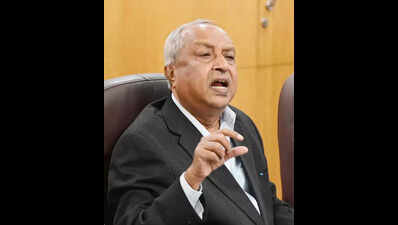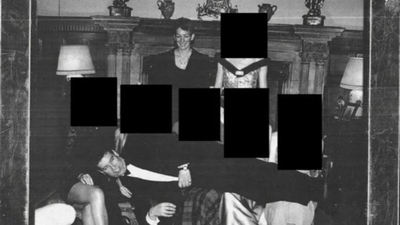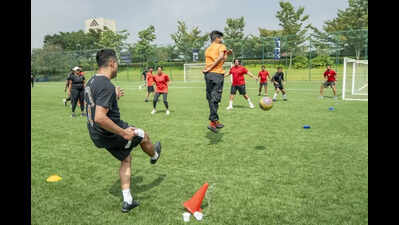Justice Nagamohan Das submits report, proposes 6.6% internal quota for SC (Left) | Bengaluru News

Bengaluru: The Justice HN Nagmohan Das Committee on internal reservation among Scheduled Castes (SCs) submitted its final report to the govt Monday, marking a key step in the state’s move to rationalise SC quotas based on empirical data.The report, which contains six major recommendations, was formally received by chief minister Siddaramaiah and will be placed before the cabinet on Thursday for further consideration. Sources say the report recommends an allocation of 6.5% for SC (Left), 5.5% for SC (Right), 4% for ‘untouchables’, and 1% for other nomadic tribes.Justice Das told TOI that since there was no reliable data on SC sub-castes, the commission undertook a fresh state-wide survey. This data forms the basis of the panel’s recommendations.“The govt agreed to our interim recommendation of having a fresh SC survey which was held between May 5 to July 6,” Justice Das said. “The survey was conducted across 27.2 lakh families and just over 1 crore people. We have done our job and the govt is vested with our report to take further action.”He also pointed out that his earlier report had suggested raising the overall SC quota in Karnataka from 15% to 17%, and this premise has also influenced the internal reservation framework recommended now. “The 30-year-long struggle of communities seeking internal reservation came to a head when the Supreme Court on Aug 1, 2024 said providing internal reservation is permissible under the Constitution,” Justice Das said.In response to the Supreme Court’s ruling, the Siddaramaiah govt, in Jan, formed a single-member commission headed by Justice Das. An interim report was submitted on March 27. The idea of internal reservation had also found traction during the previous BJP govt, which in Oct 2022, had proposed a similar matrix — 6% for SC (Left), 5.5% for SC (Right), 4.5% for ‘touchables’, and 1% for smaller communities.The final report submitted on Monday spans 1,766 pages and includes the panel’s findings, the survey data, and supporting appendices.





